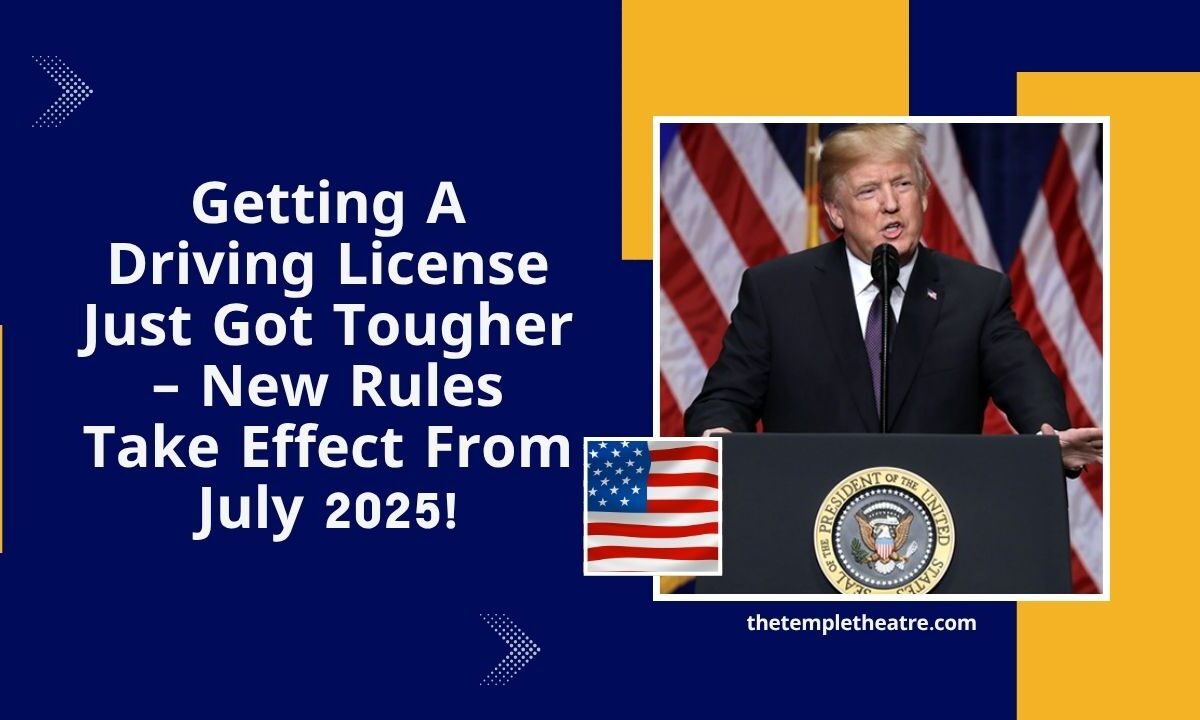As of July 1, 2025, Florida’s teen drivers are facing stricter driving license requirements, thanks to the implementation of Senate Bill 994.
This legislation, passed to improve road safety, requires all teenagers aged 15 to 17 to complete in-person driver’s education before receiving a learner’s permit.
While this law may enhance safety outcomes, it also introduces logistical and financial hurdles—particularly for families in rural and low-income communities.
Here’s a detailed breakdown of what’s changing, who it affects, and how to adapt to the new driving landscape in Florida.
What’s Changing for Teen Drivers in Florida?
Previously, teens were only required to complete the Traffic Law and Substance Abuse Education (TLSAE) course, which was online and low-cost. But starting July 2025, they must now:
- Enroll in a classroom-based driver’s education course, approved by the Florida Highway Safety and Motor Vehicles (FLHSMV)
- Pass the Class E Knowledge Exam (50 questions, minimum 80% to pass)
- Complete vision and hearing tests
- Provide identity documents, Social Security number, proof of Florida residency, and parental consent
- Log 50 supervised driving hours, including 10 hours at night
- Hold a learner’s permit for 12 months without violations
Summary of New Teen License Requirements in Florida
| Requirement | Before July 1, 2025 | After July 1, 2025 |
|---|---|---|
| Driver’s Ed Course | TLSAE (online, self-paced) | FLHSMV-approved classroom course |
| Knowledge Test | Yes | Yes |
| Vision & Hearing Test | Yes | Yes |
| Supervised Driving Hours | 50 hours (10 night) | 50 hours (10 night) |
| Parental Consent | Yes | Yes |
| Minimum Permit Duration | 1 year | 1 year |
Why Lawmakers Support the Change
Senator Jay Collins, the bill’s sponsor and a parent himself, argues the legislation is vital to reducing teen accidents.
- Classroom instruction ensures deeper understanding of real-world dangers like distracted and impaired driving
- Aligns with national data showing that structured learning environments lead to safer driving behavior
- Aims to make Florida’s roads safer for everyone, especially during high-accident seasons
Challenges for Teens and Families
While the intention is safety, the execution raises concerns, especially in rural or underserved areas:
- Limited access to FLHSMV-approved driving schools in remote areas
- Higher costs for in-person courses compared to online TLSAE (~$10 vs. $100–$300)
- District capacity issues, possibly creating long waitlists
- Families with tight budgets may struggle with the added financial and scheduling burden
Officials promise that more providers will be added, but full statewide coverage is still a work in progress.
Step-by-Step: How to Get a License in Florida (Post-July 1, 2025)
Here’s how teens now qualify for their Class E Driver’s License:
- Age 15:
- Enroll in a classroom-based driver’s education course
- Complete vision and hearing screening
- Pass the Class E Knowledge Exam
- 50 multiple choice questions
- 80% passing score
- Provide required documents:
- Proof of identity and Florida residency
- Social Security Number
- Parental Consent Form
- Receive Learner’s Permit
- Complete 50 hours of supervised driving, including 10 at night
- After 12 months:
- Apply for a full Class E license (age 16+)
- No moving violations within the permit period
- Night Driving Restrictions Apply
- Varies by age; monitored by law enforcement
What Families Should Do Now
To prepare for the transition:
- Contact local schools or private driving centers to confirm course availability
- Plan for added costs in family budgeting
- Start early—waiting too long may delay your teen’s licensing timeline
- Check updates on the FLHSMV website for approved course lists and guidelines
Related Law: Florida’s “Super Speeder” Penalty
Alongside Senate Bill 994, Florida has introduced stricter rules for extreme speeding. The new “Super Speeder” law imposes:
- Hefty fines for drivers going 30+ mph over the limit
- Possible license suspension or jail time
- Targeted primarily at young or reckless drivers
The dual legislation sends a clear message: reckless or underprepared drivers are no longer tolerated.
The new Florida teen driving law, Senate Bill 994, marks a significant shift toward prioritizing public safety.
While these changes aim to produce more responsible young drivers, they may cause financial strain and accessibility issues, especially for rural and low-income families.
Whether you’re a parent, teenager, or educator, it’s essential to plan ahead and stay informed. Don’t wait—start preparing today to navigate the stricter path to getting your Florida driver’s license in 2025.
FAQs
Is the online TLSAE course still accepted after July 1, 2025?
No. Only in-person classroom-based driver’s education courses approved by FLHSMV are accepted for new teen applicants after July 1, 2025.
How much does the new driver’s ed program cost?
Costs vary by provider but typically range between $100 to $300, significantly more than the former TLSAE online course which cost around $10–$15.
Can homeschool or private school students fulfill the driver’s ed requirement?
Yes, as long as the course is state-approved by FLHSMV and meets the new in-person classroom instruction standards.




